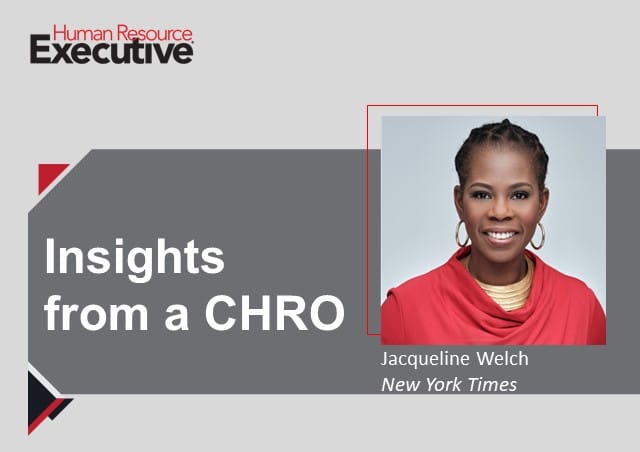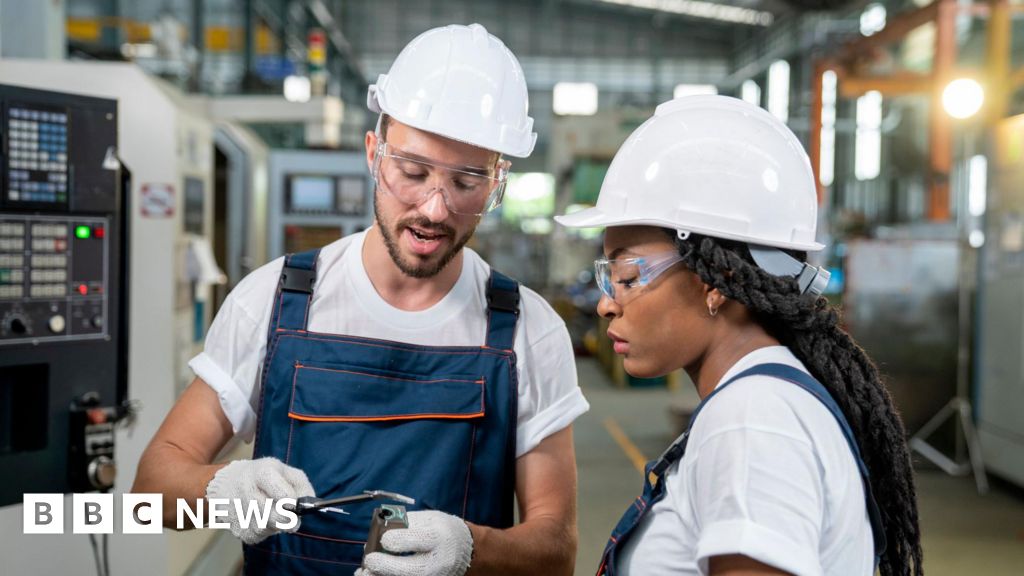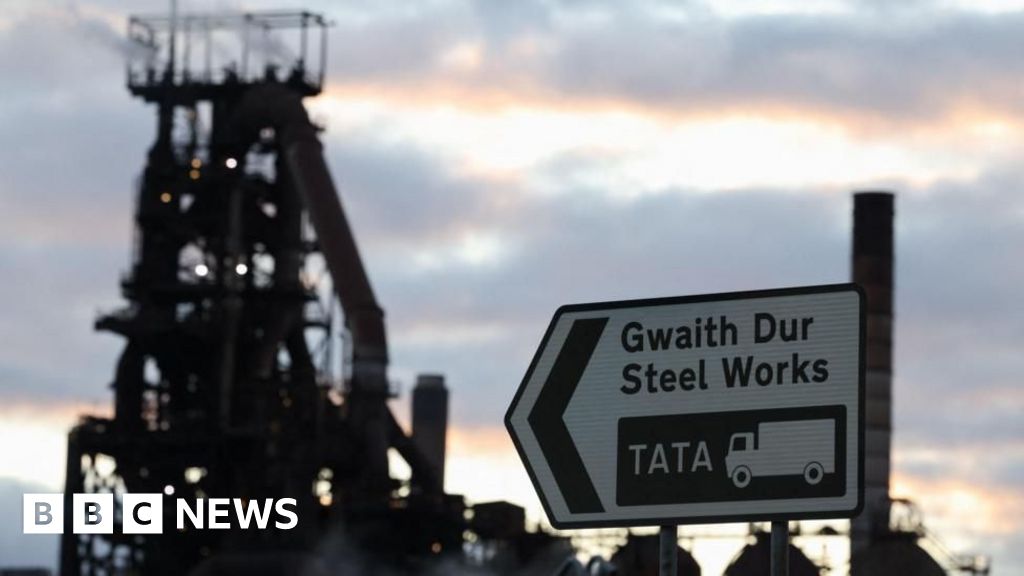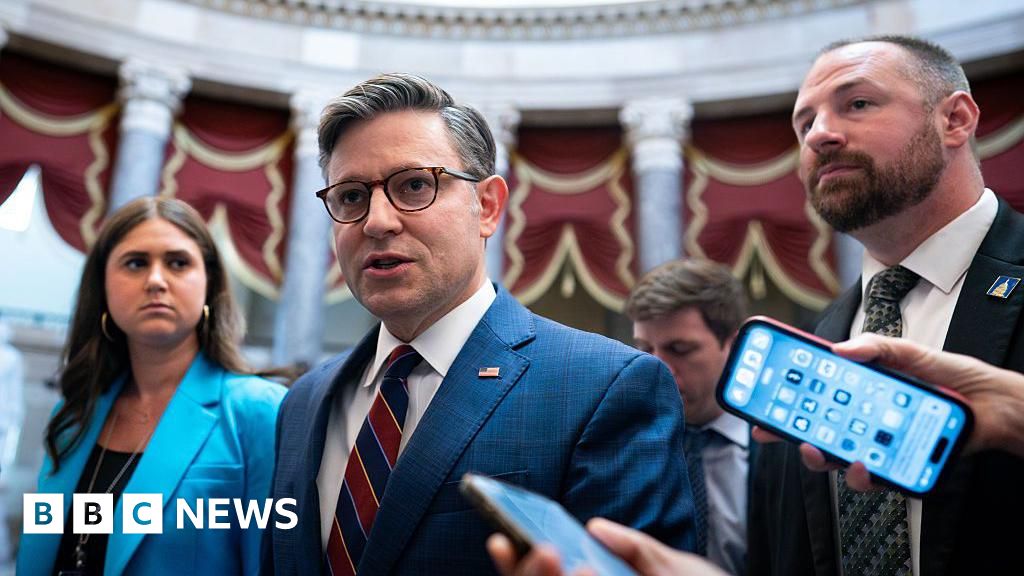Melanie Allen is Co-Director of the Hive Fund for Climate and Gender Justice and Co-Chair of Grantmakers for Southern Progress.
When the Inflation Reduction Act (IRA)—President Biden’s signature piece of climate legislation—was signed, climate justice leaders saw an incredible opportunity to direct billions of taxpayer dollars toward community-driven climate solutions. At the same time, we recognized the huge amount of work it would take to disrupt historical patterns and ensure these funds reach Black, Brown, Indigenous and low-wealth communities that have been systematically left behind. This undertaking is not just a moral imperative; it’s also a strategic one: When a broad swath of Americans begin to see and feel tangible benefits from our climate investments, it’s more likely the economic and political momentum will build, leading us to the tipping points we need to sustain durable change.
Funders, nonprofits and finance organizations that serve low-wealth communities have already made tremendous progress. We have helped shape IRA program design to be more equitable, started getting communities ready to access funding and begun moving projects from shovel-worthy to shovel-ready.
For example, new local green banks are forming in places like Texas and North Carolina, networks of financial institutions with track records of serving low-income communities have coalesced to influence the distribution of Greenhouse Gas Reduction Funds, climate justice organizations that have historically shared resources and played a connector role have won formal roles in providing technical assistance for the Environmental Protection Agency’s (EPA) Thriving Communities grant program, and community-based groups across America—notably in Southern cities like Houston, Atlanta and New Orleans—are developing partnerships to identify and prioritize projects and get ready to access funding as it becomes available.
In Texas, for example, two of our nonprofit’s grantee partners came together to pilot a solar hub homes concept in Northeast Houston—a largely Black and Brown community that has seen decades of disinvestment—to reduce energy bills and provide community gathering places during power outages. Based on its success, they convinced the county to include funding to expand the program in its application to the EPA’s $7 billion Solar for All program.
This flurry of activity and early signs of progress offer hope that the IRA will live up to its promise of building, as White House senior clean energy advisor John Podesta has said, “…an equitable clean energy economy from the bottom up and the middle out.” But with program implementation moving at breakneck speed, there’s an urgent need for more philanthropic support across sectors to engage—not just climate funders but also health, housing, transit and economic justice funders. Funders have the ability to move money quickly to help grantees add capacity to plan and apply for this fast-paced funding or hire support that helps groups decipher opportunities and make connections among groups and between groups and city, county and state-level agencies that will also be applying for and disbursing funds.
Putting the federal funding puzzle pieces together is incredibly complex, but we know that strong, equity-centered financial infrastructure and bolstered community capacity are key to the IRA’s success in bringing community-led climate solutions to scale and building long-term public support for more climate action. Here are some ways funders can support IRA implementation right now:
• Engage existing grantee networks. Ask them what they need and who else makes their work possible. Consider offering longer-term, unrestricted funds to give groups the flexibility they need to respond to new opportunities, hire staff and follow projects through to completion.
• Partner with funding intermediaries. Much of the IRA is being implemented at state and local levels. Intermediaries have deep relationships and place-based expertise, can pool funding from multiple sources, and can usually move money more quickly and nimbly than larger funding institutions. Funders should look for intermediaries that align with their grantmaking goals and fill a specific capacity gap. For example, some re-granters, like community foundations, are place-based, offering hyper-local insights and relationships that are helpful for funders who typically fund larger regional or national organizations. Others may have specific technical insight on an issue a funder hopes to address or expertise across a wider region that can help a national funder fill in geographic gaps. Intermediaries can also be valuable learning partners, helping funders move money in different ways and share results and lessons.
• Fund coordinated technical support networks. Several environmental and climate justice networks are building on relationships they’ve developed over many years to connect communities of color and low-wealth communities to new federal funding opportunities. For example, another one of our grantees is anchoring a cohort-based training program to help community-based organizations plan and apply for grants. Funders should look for existing, community-driven networks to fund that are already trusted by the types of groups they hope to support, not try to create their own.
• Invest in finance organizations or networks that have committed to more equitable financing models. Consider local green banks or BIPOC-focused finance organizations, and support them in developing and piloting new lending models that address barriers unique to low-wealth communities.
• Fund collaborations that take transformative local solutions to scale. For example, Roanoke Cooperative, a rural electric cooperative serving some of North Carolina’s poorest counties (and whose nonprofit arm is one of our grantees), partnered with national advocacy group Clean Energy Works in an electric-vehicle-to-grid pilot to explore ways EVs could benefit the electrical grid. Based on the pilot’s success, Roanoke is now working with school districts to win funding for electric school buses that can both reduce pollution and, when idle, help the utility manage peak demand.
The Inflation Reduction Act was the result of people of color, women and young people pushing climate justice to the top of decision-makers’ agendas. Multiracial and working-class coalitions organized in key voting battlegrounds to create the conditions for passage of these bills. Now these groups are ready to provide the organizers, doers, builders and connectors to put these investments to use in reducing emissions, increasing resilience, and building health and wealth in their communities. The scale of opportunity for truly transformational change is unprecedented; philanthropy’s response must be, too.
Forbes Nonprofit Council is an invitation-only organization for chief executives in successful nonprofit organizations. Do I qualify?
Credit: Source link











